Leukemia
28 May, 2021
Dr. Rajesh Bollam
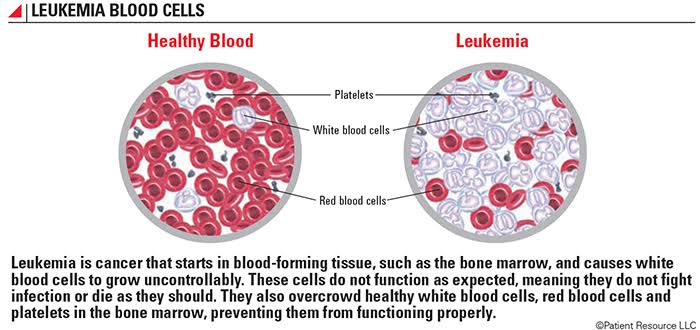
What is leukemia?
Leukemia is a cancer of the blood cells. There are several broad categories of blood cells, including red blood cells (RBCs), white blood cells (WBCs), and platelets. Generally, leukemia refers to cancers of the WBCs.
WBCs are a vital part of your immune system. They protect your body from invasion by bacteria, viruses, and fungi, as well as from abnormal cells and other foreign substances. In leukemia, the WBCs don’t function like normal WBCs. They can also divide too quickly and eventually crowd out normal cells.
WBCs are mostly produced in the bone marrow, but certain types of WBCs are also made in the lymph nodes, spleen, and thymus gland. Once formed, WBCs circulate throughout your body in your blood and lymph (fluid that circulates through the lymphatic system), concentrating in the lymph nodes and spleen.
Risk factors for leukemia:
The causes of leukemia aren’t known. However, several factors have been identified which may increase your risk. These include:
a family history of leukemia
smoking, which increases your risk of developing acute myeloid leukemia (AML)
genetic disorders such as Down syndrome
blood disorders, such as myelodysplastic syndrome, which is sometimes called “preleukemiaâ€
previous treatment for cancer with chemotherapy or radiation
exposure to high levels of radiation
exposure to chemicals such as benzene
The types of leukemia:
The onset of leukemia can be acute (sudden onset) or chronic (slow onset). In acute leukemia, cancer cells multiply quickly. In chronic leukemia, the disease progresses slowly and early symptoms may be very mild.
Leukemia is also classified according to the type of cell. Leukemia involving myeloid cells is called myelogenous leukemia. Myeloid cells are immature blood cells that’d normally become granulocytes or monocytes. Leukemia involving lymphocytes is called lymphocytic leukemia. There are four main types of leukemia:
Acute myelogenous leukemia (AML)
Acute myelogenous leukemia (AML) can occur in children and adults. This is the most common form of leukemia. The five-year survival rate for AML is 26.9 percent.
Acute lymphocytic leukemia (ALL)
Acute lymphocytic leukemia (ALL) occurs mostly in children. The five-year survival rate for ALL is 68.2 percent.
Chronic myelogenous leukemia (CML)
Chronic myelogenous leukemia (CML) affects mostly adults. The five-year survival rate for CML is 66.9 percent.
Chronic lymphocytic leukemia (CLL)
Chronic lymphocytic leukemia (CLL) is most likely to affect people over the age of 55. It’s very rarely seen in children. The five-year survival rate for CLL is 83.2 percent.
Hairy cell leukemia is a very rare subtype of CLL. Its name comes from the appearance of the cancerous lymphocytes under a microscope.
What are the symptoms of leukemia?
The symptoms of leukemia include:
excessive sweating, especially at night (called “night sweatsâ€)
fatigue and weakness that don’t go away with rest
unintentional weight loss
bone pain and tenderness
painless, swollen lymph nodes (especially in the neck and armpits)
enlargement of the liver or spleen
red spots on the skin, called petechiae
bleeding easily and bruising easily
fever or chills
frequent infections
Leukemia can also cause symptoms in organs that have been infiltrated or affected by the cancer cells. For example, if the cancer spreads to the central nervous system, it can cause headaches, nausea and vomiting, confusion, loss of muscle control, and seizures.
Leukemia can also spread to other parts of your body, including:
The lungs
Gastrointestinal tract
Heart
Kidneys
Testes
Diagnosis
Doctors may find chronic leukemia in a routine blood test, before symptoms begin. If this happens, or if you have signs or symptoms that suggest leukemia, you may undergo the following diagnostic
Examinations:
Physical exam. Your doctor will look for physical signs of leukemia, such as pale skin from anemia, swelling of your lymph nodes, and enlargement of your liver and spleen.
Blood tests. By looking at a sample of your blood, your doctor can determine if you have abnormal levels of red or white blood cells or platelets — which may suggest leukemia. A blood test may also show the presence of leukemia cells, though not all types of leukemia cause the leukemia cells to circulate in the blood. Sometimes the leukemia cells stay in the bone marrow.
Bone Marrow test. Your doctor may recommend a procedure to remove a sample of bone marrow from your hipbone. The bone marrow is removed using a long, thin needle. The sample is sent to a laboratory to look for leukemia cells. Specialized tests of your leukemia cells may reveal certain characteristics that are used to determine your treatment options.
Treatments:
Treatment for your leukemia depends on many factors. Your doctor determines your leukemia treatment options based on your age and overall health, the type of leukemia you have, and whether it has spread to other parts of your body, including the central nervous system.
Common treatments used to fight leukemia include:
Chemotherapy. Chemotherapy is the major form of treatment for leukemia. This drug treatment uses chemicals to kill leukemia cells.
Depending on the type of leukemia you have, you may receive a single drug or a combination of drugs. These drugs may come in a pill form, or they may be injected directly into a vein.
Targeted therapy. Targeted drug treatments focus on specific abnormalities present within cancer cells. By blocking these abnormalities, targeted drug treatments can cause cancer cells to die. Your leukemia cells will be tested to see if targeted therapy may be helpful for you.
Radiation therapy. Radiation therapy uses X-rays or other high-energy beams to damage leukemia cells and stop their growth. During radiation therapy, you lie on a table while a large machine moves around you, directing the radiation to precise points on your body.
You may receive radiation in one specific area of your body where there is a collection of leukemia cells, or you may receive radiation over your whole body. Radiation therapy may be used to prepare for a bone marrow transplant.
Bone marrow transplant. A bone marrow transplant, also called a stem cell transplant, helps reestablish healthy stem cells by replacing unhealthy bone marrow with leukemia-free stem cells that will regenerate healthy bone marrow.
Prior to a bone marrow transplant, you receive very high doses of chemotherapy or radiation therapy to destroy your leukemia-producing bone marrow. Then you receive an infusion of blood-forming stem cells that help rebuild your bone marrow.
You may receive stem cells from a donor or you may be able to use your own stem cells.
Immunotherapy. Immunotherapy uses your immune system to fight cancer. Your body's disease-fighting immune system may not attack your cancer because the cancer cells produce proteins that help them hide from the immune system cells. Immunotherapy works by interfering with that process.
Engineering immune cells to fight leukemia. A specialized treatment called chimeric antigen receptor (CAR)-T cell therapy takes your body's germ-fighting T cells, engineers them to fight cancer and infuses them back into your body. CAR-T cell therapy might be an option for certain types of leukemia.
Clinical trials. Clinical trials are experiments to test new cancer treatments and new ways of using existing treatments. While clinical trials give you or your child a chance to try the latest cancer treatment, treatment benefits and risks may be uncertain. Discuss the benefits and risks of clinical trials with your doctor.
#DrRajeshBollam #HematoOncologist #Hematolgist #Oncologist #Cancer #leukaemia #CancerDoctor #Hyderabad #secunderabad
For more visit: www.drrajeshoncologist.com


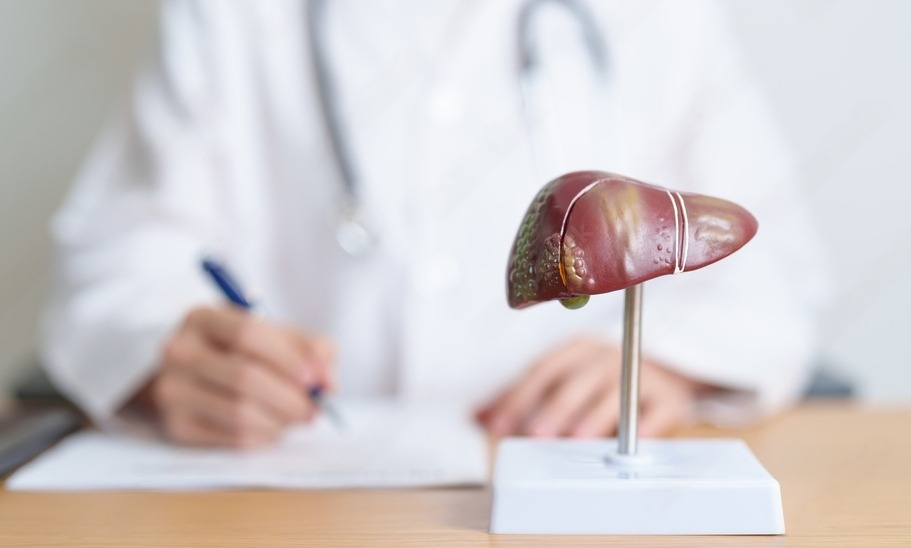
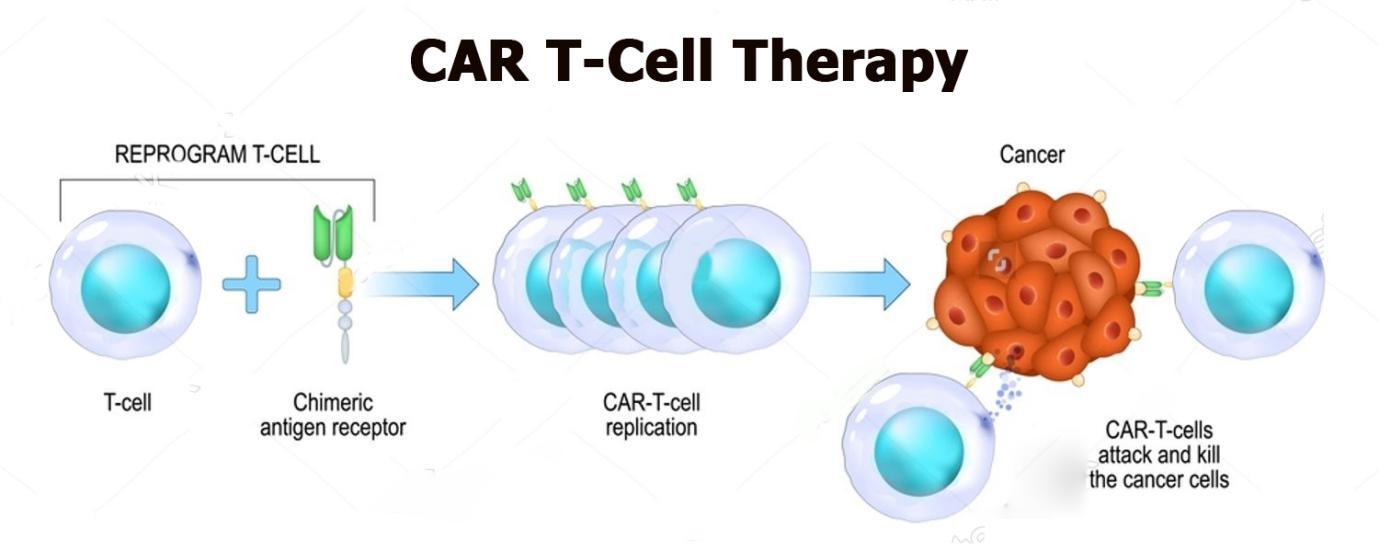
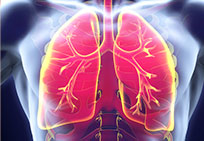
.jpg)
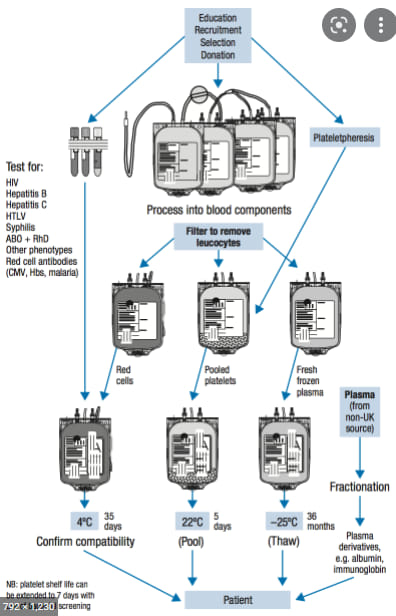
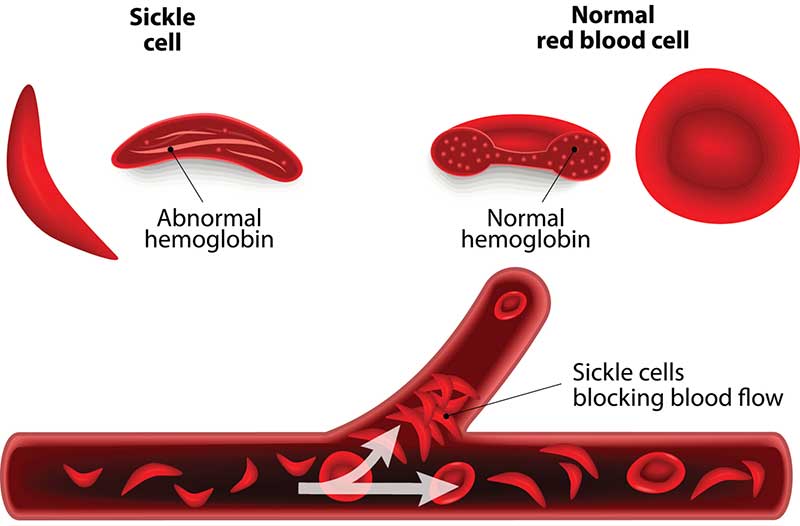
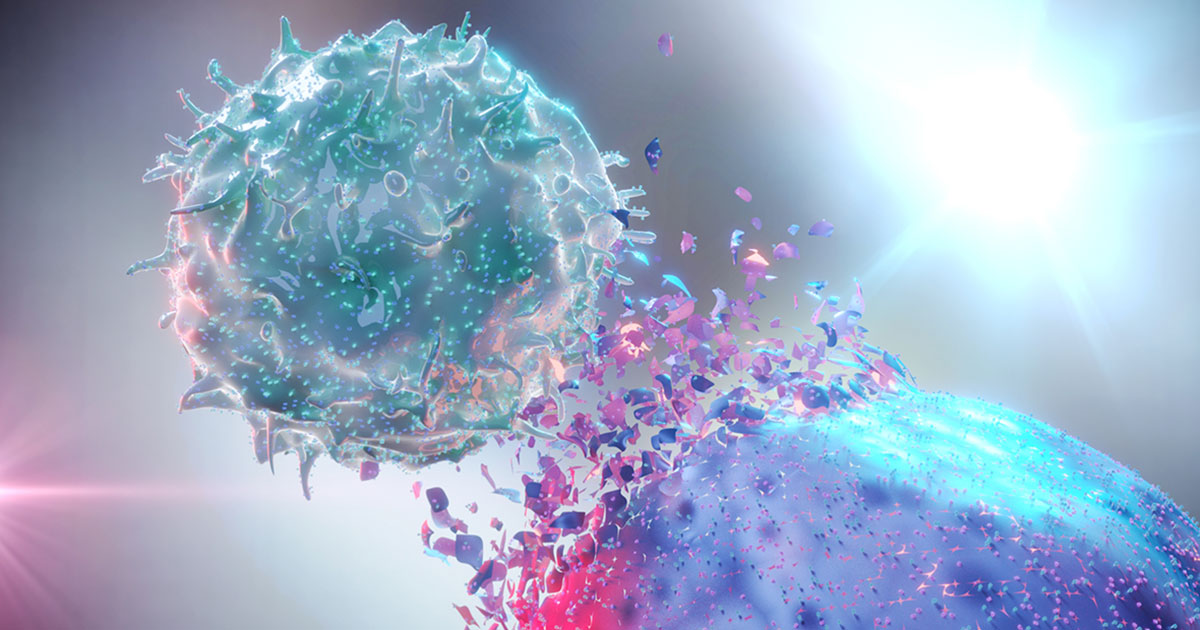
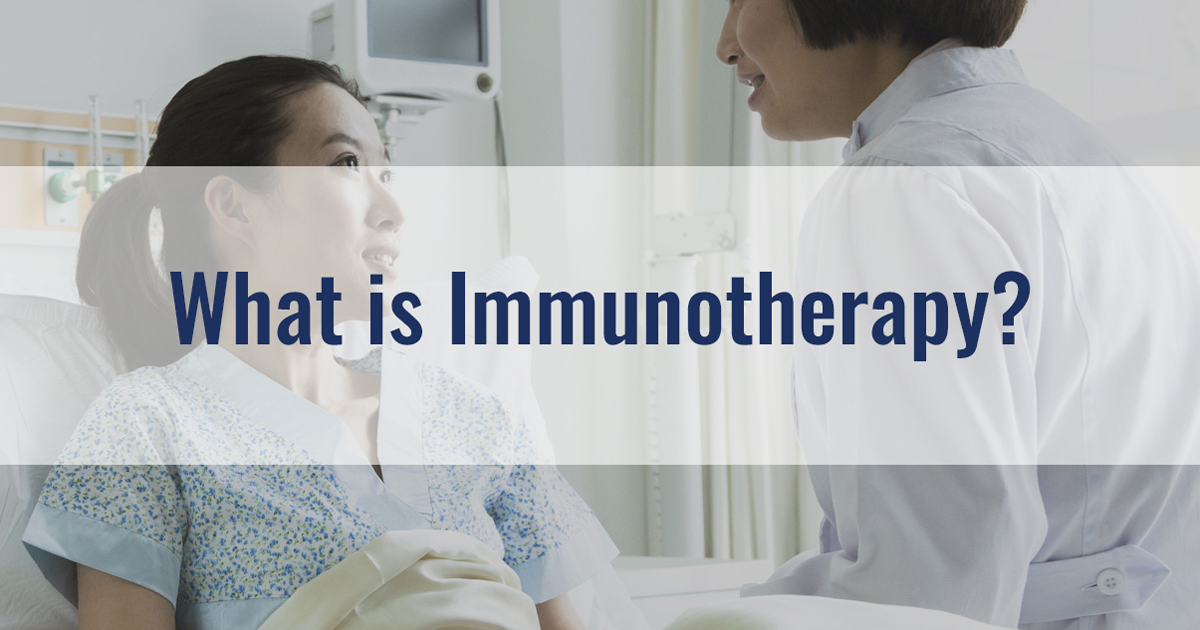
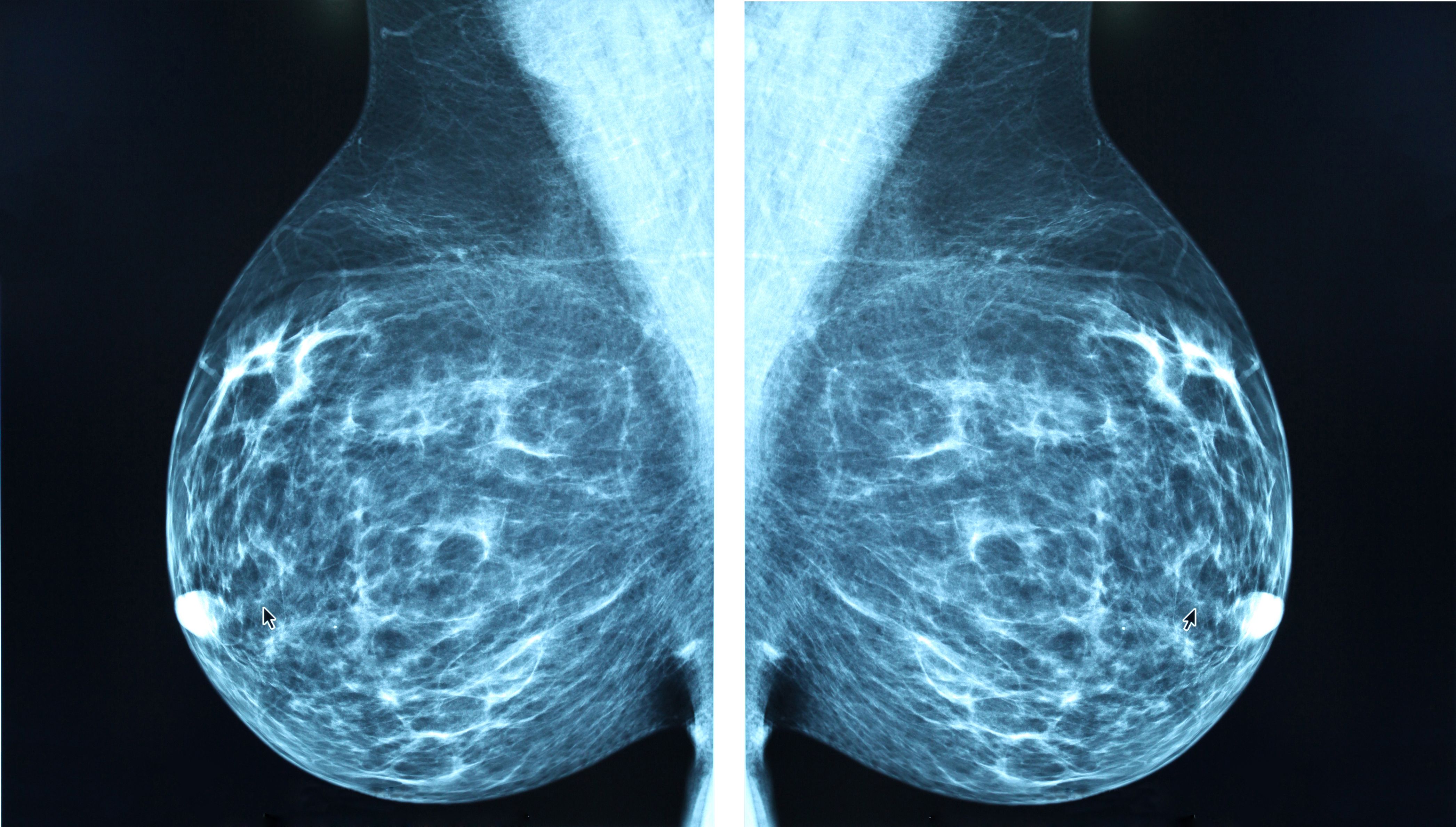

.jpg)
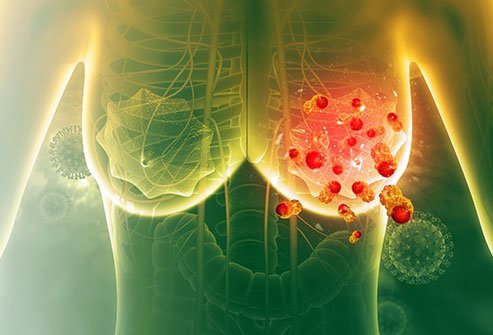
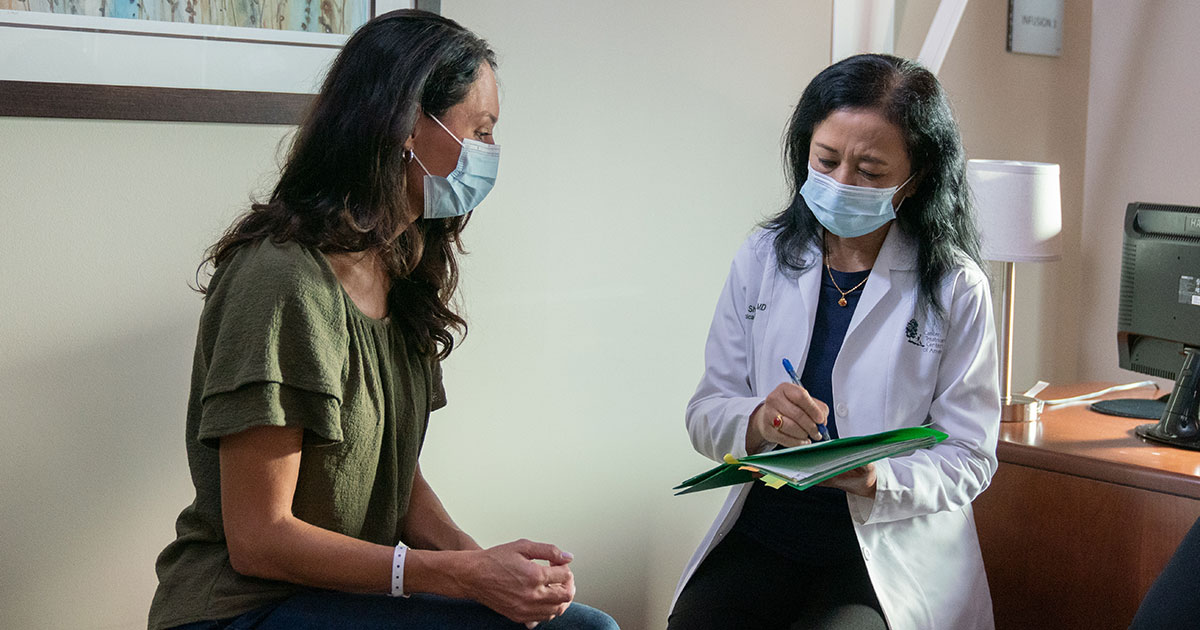
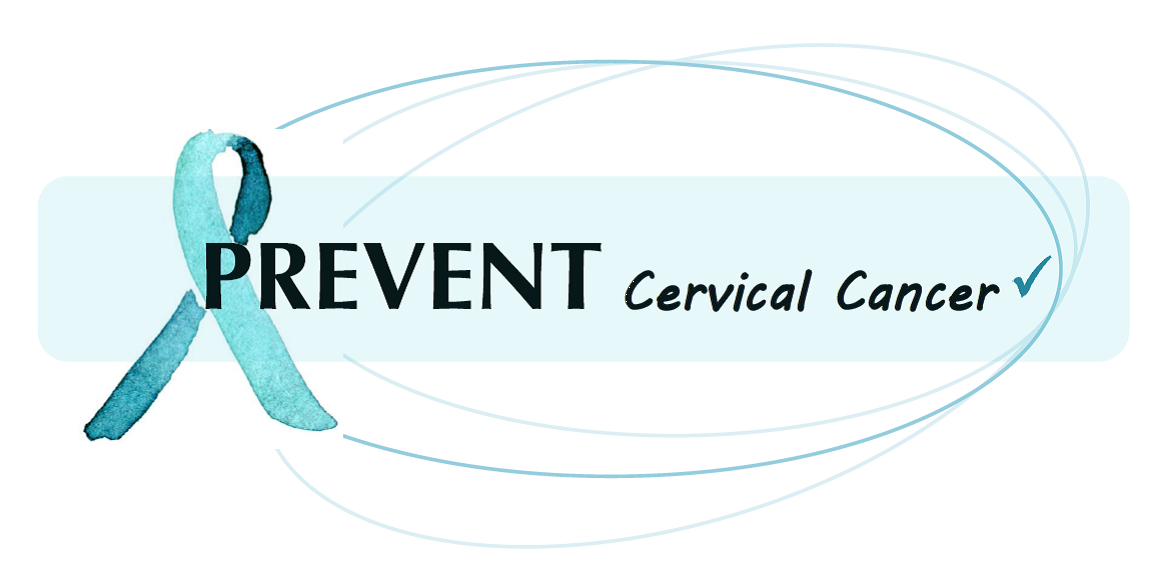
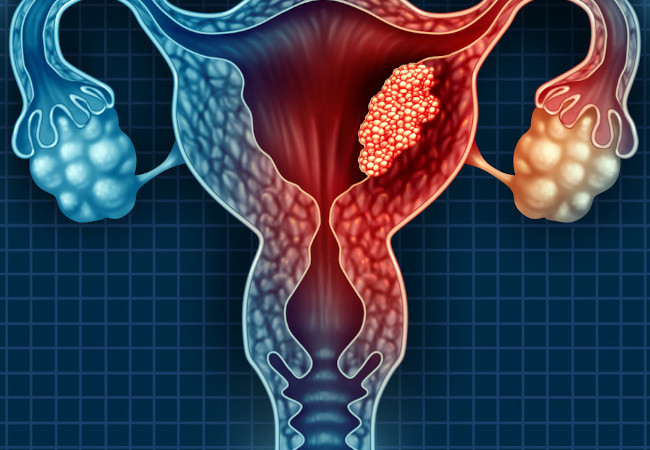
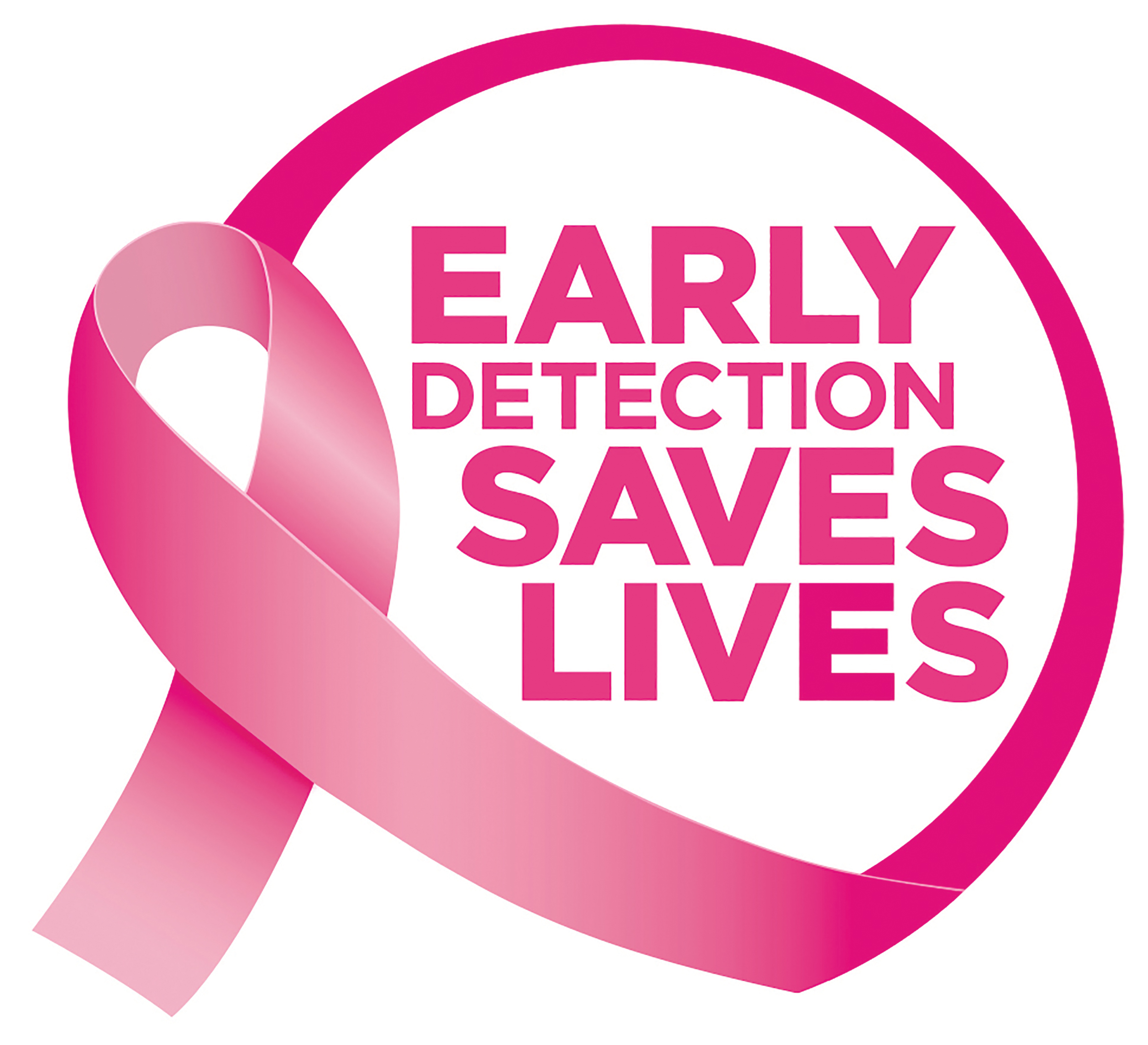

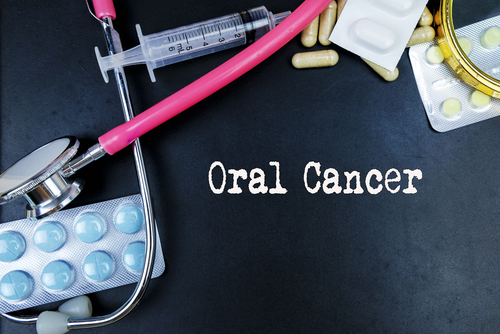
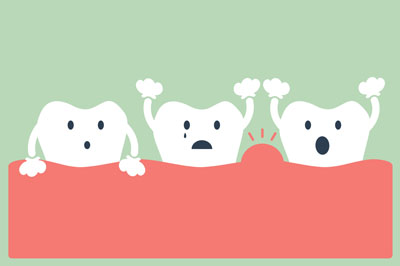


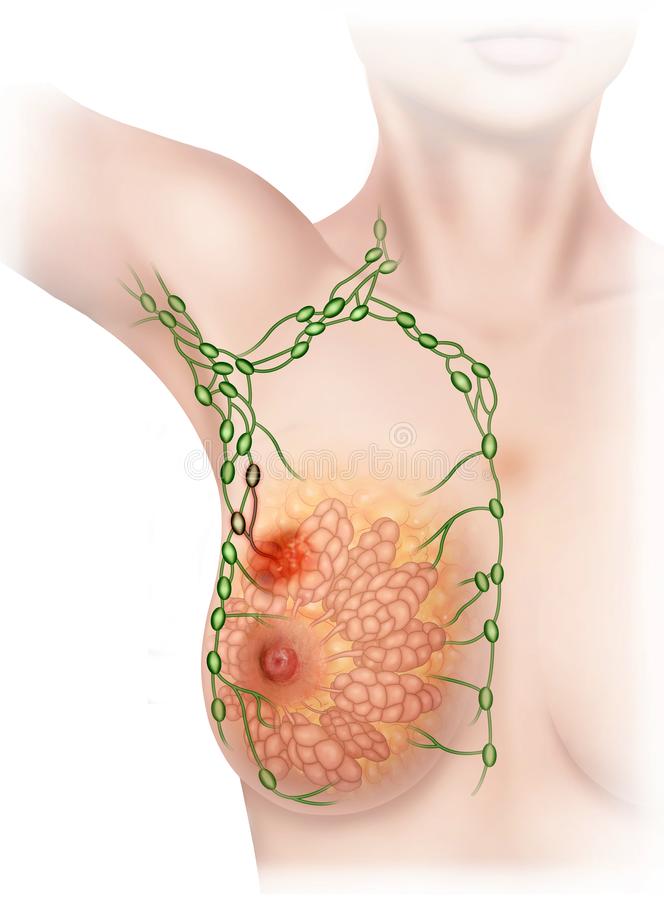
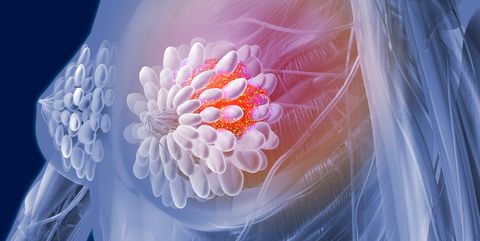
.jpeg)
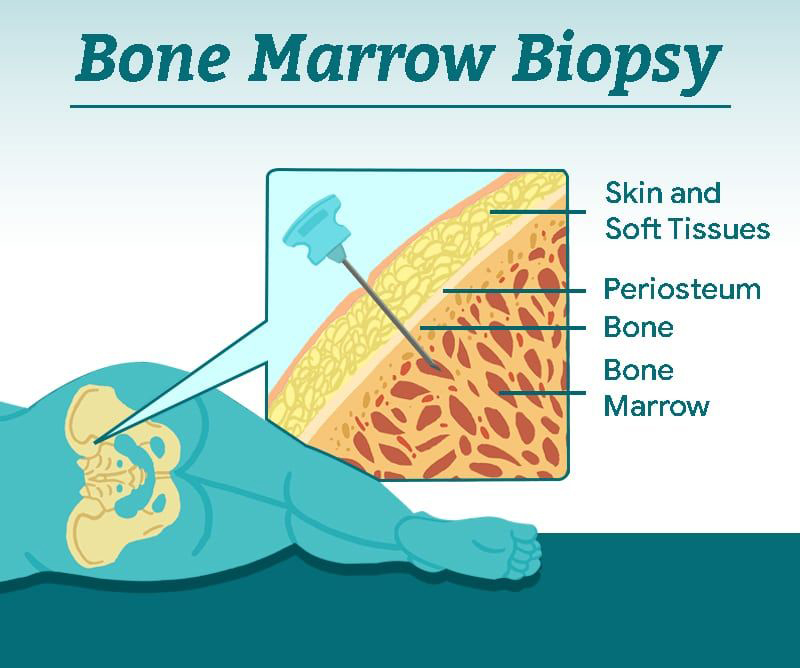
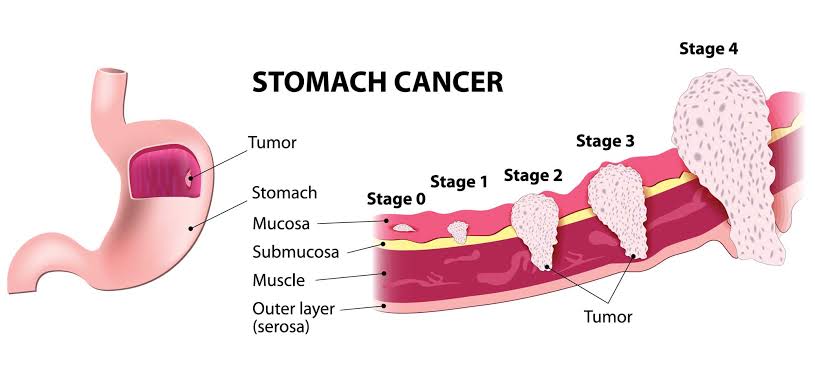
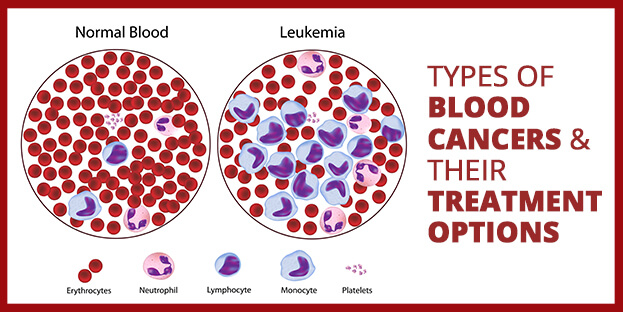
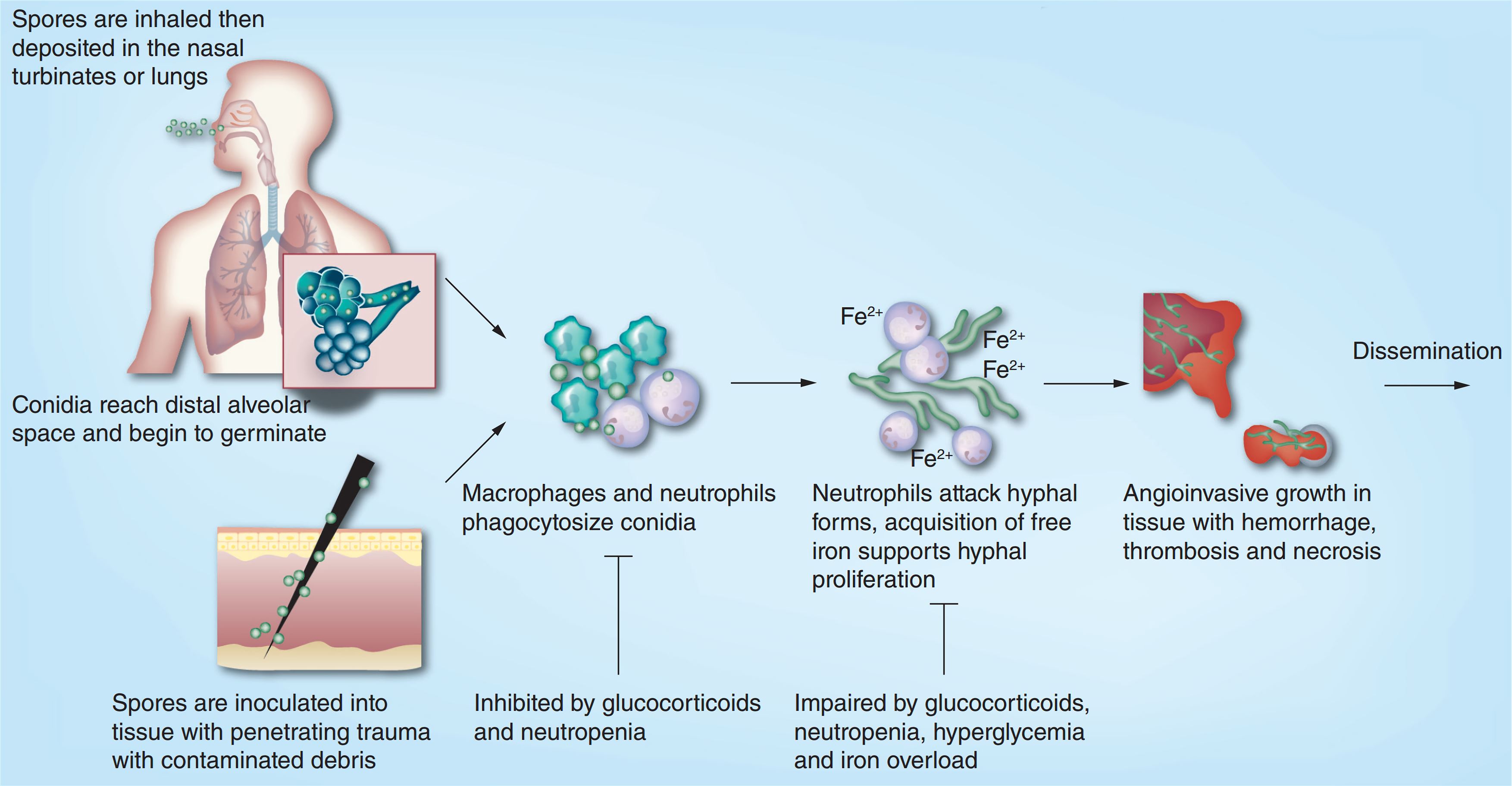
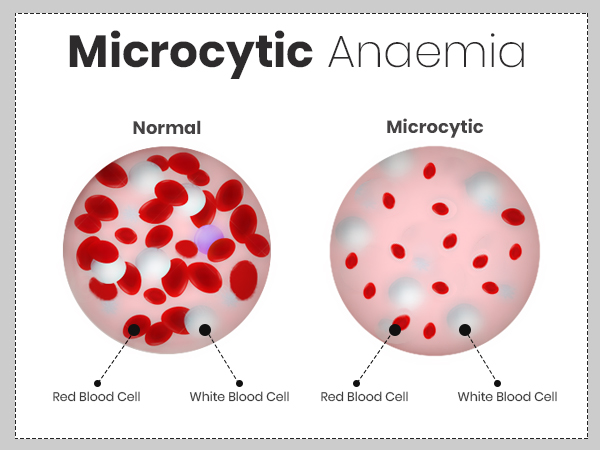
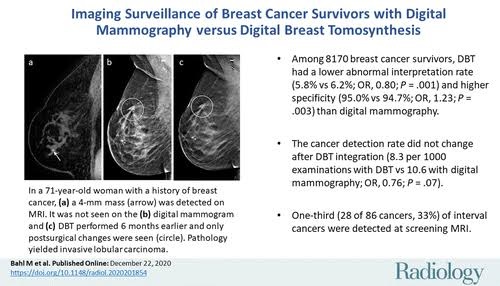
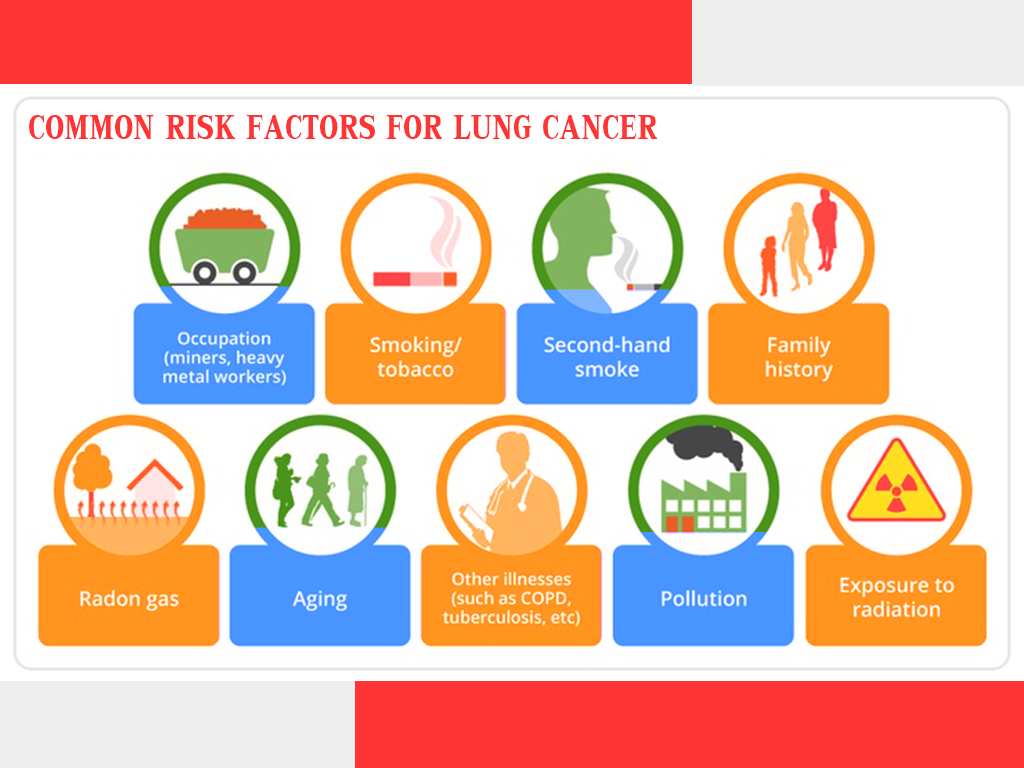
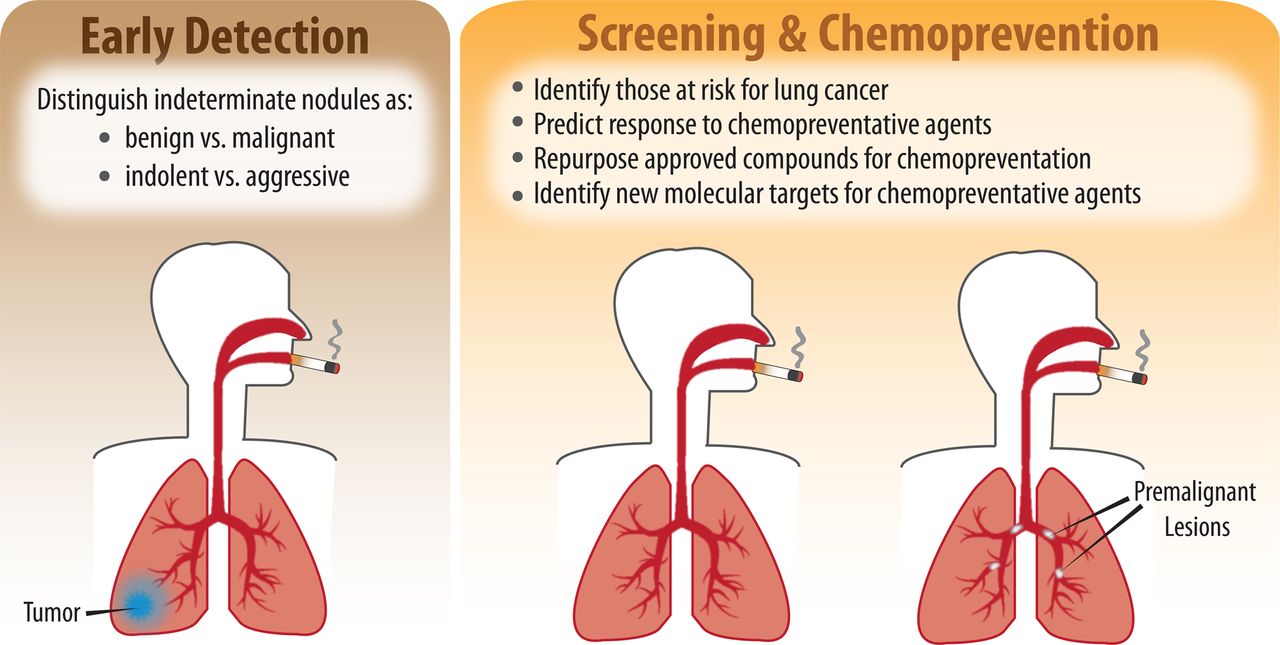
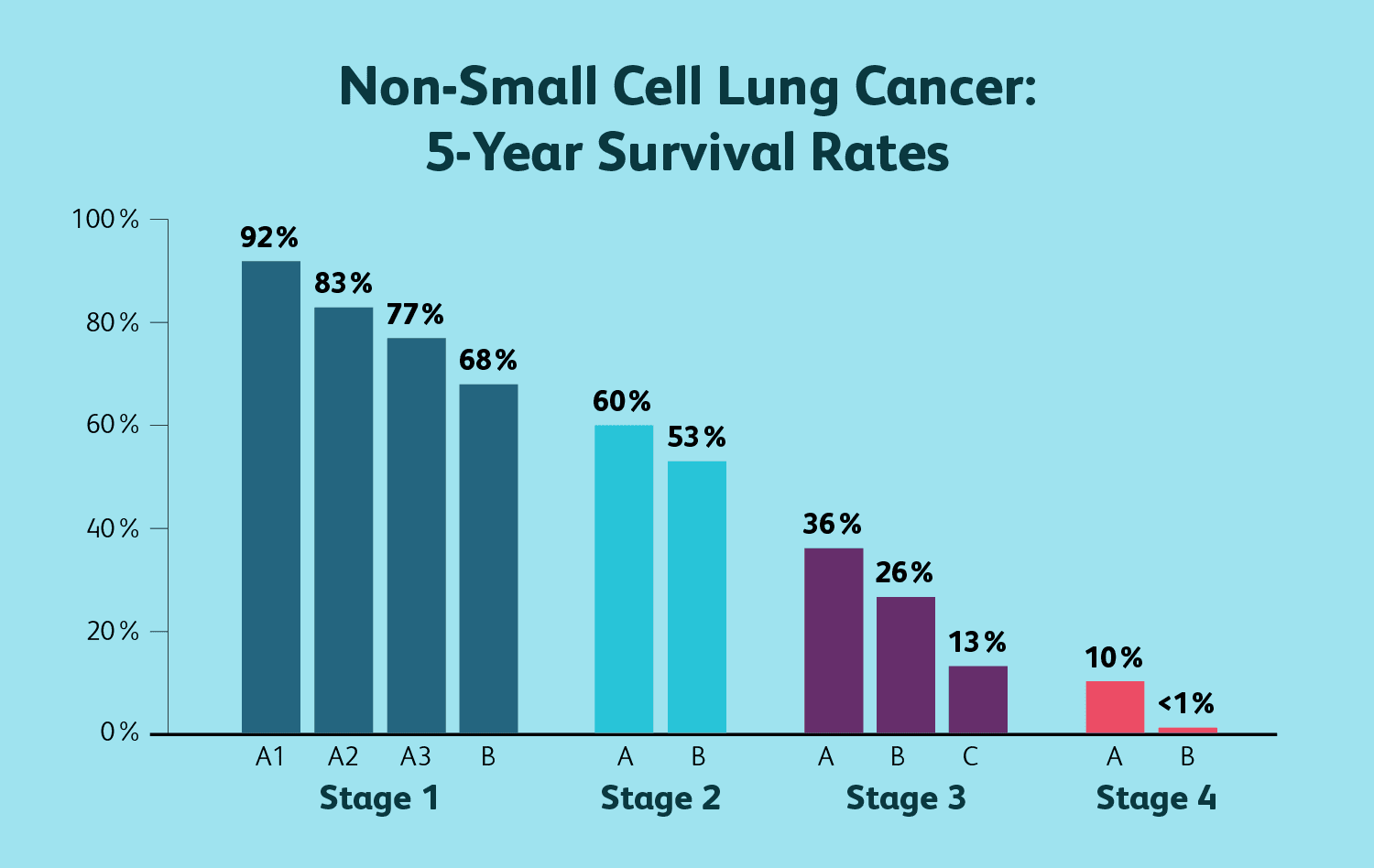
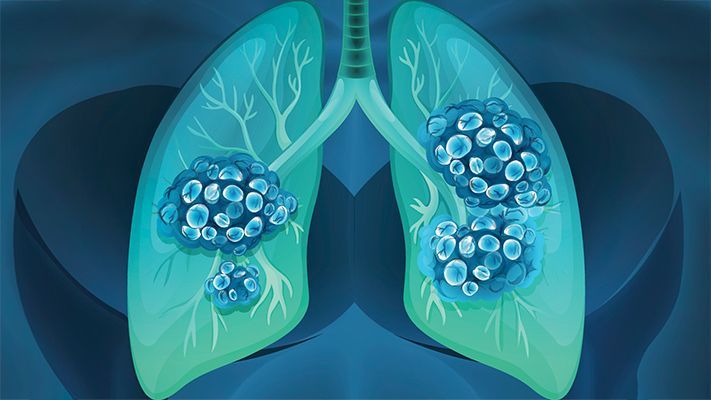
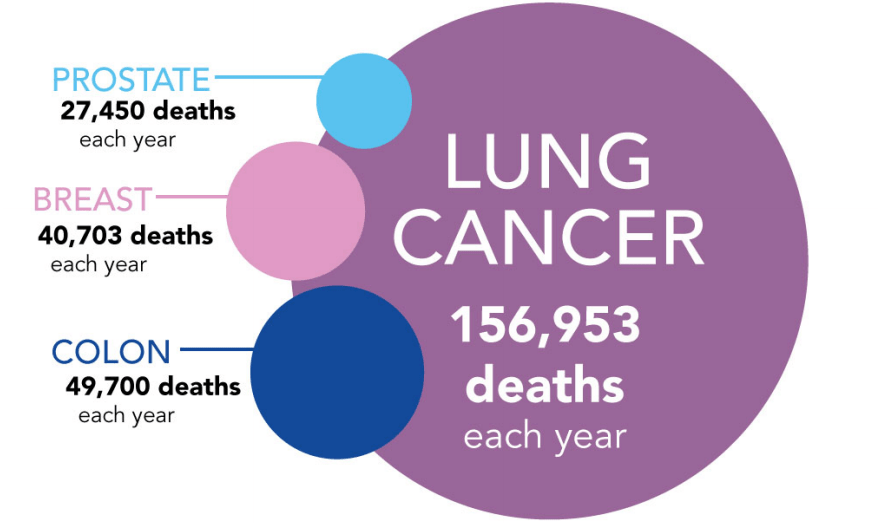

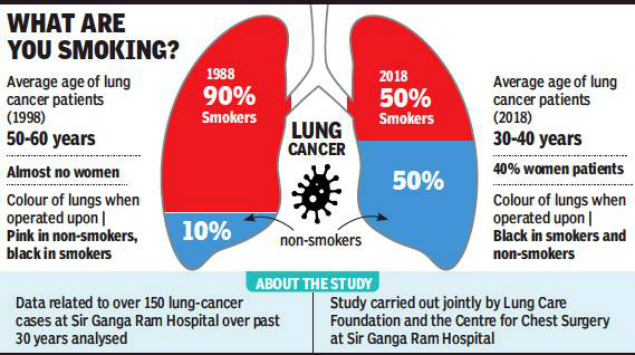
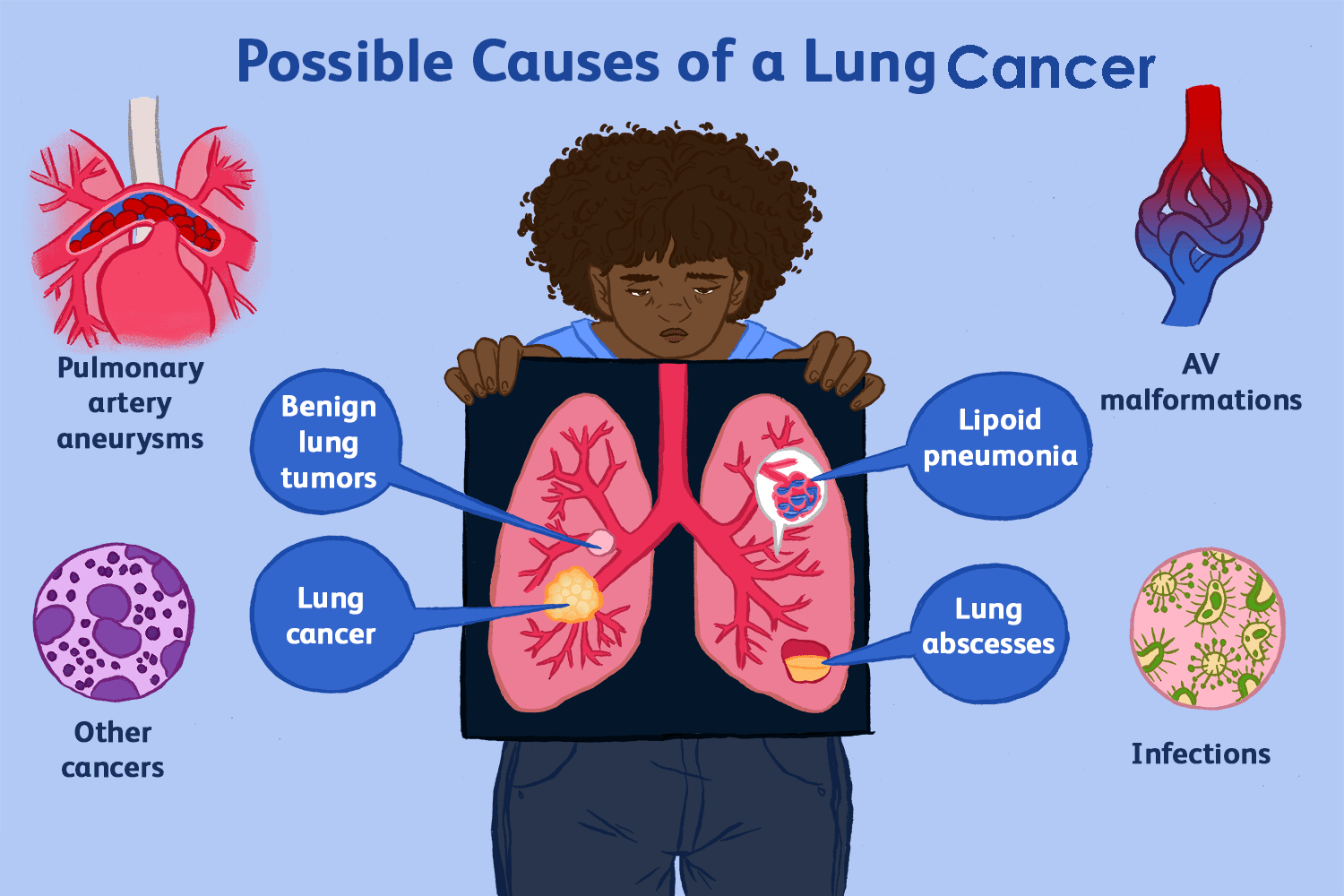

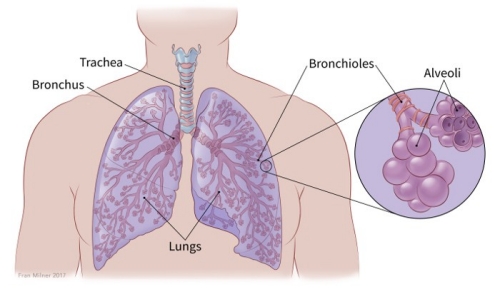
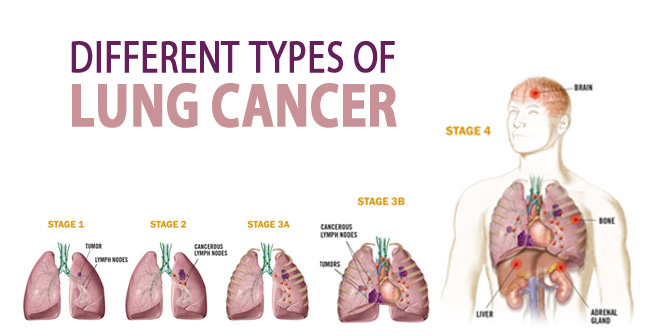
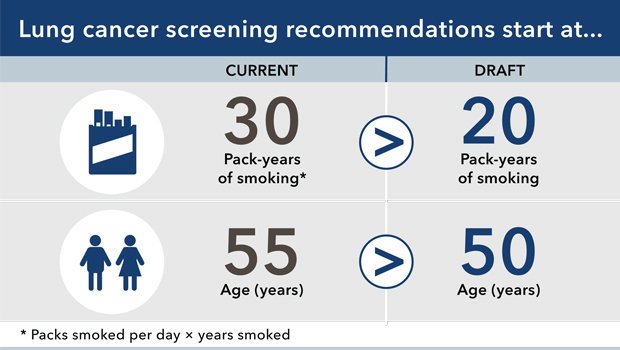
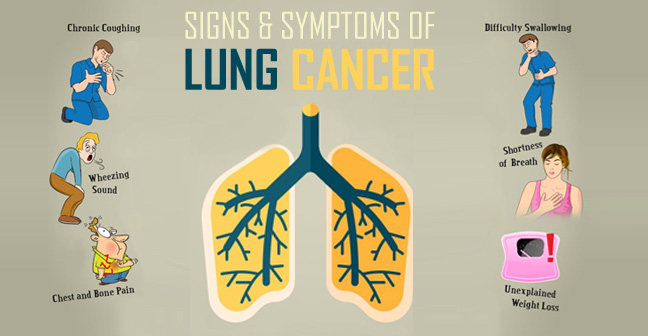
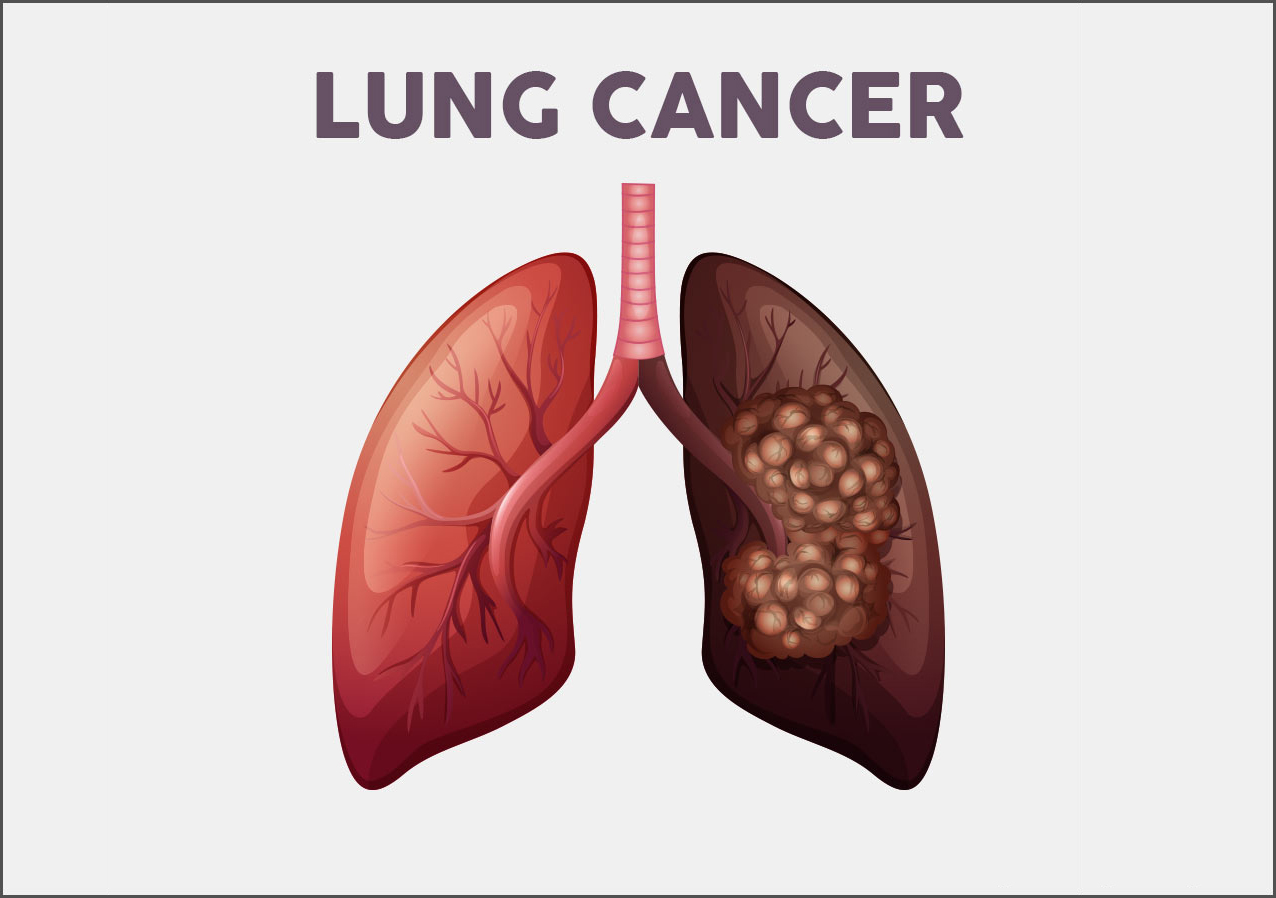
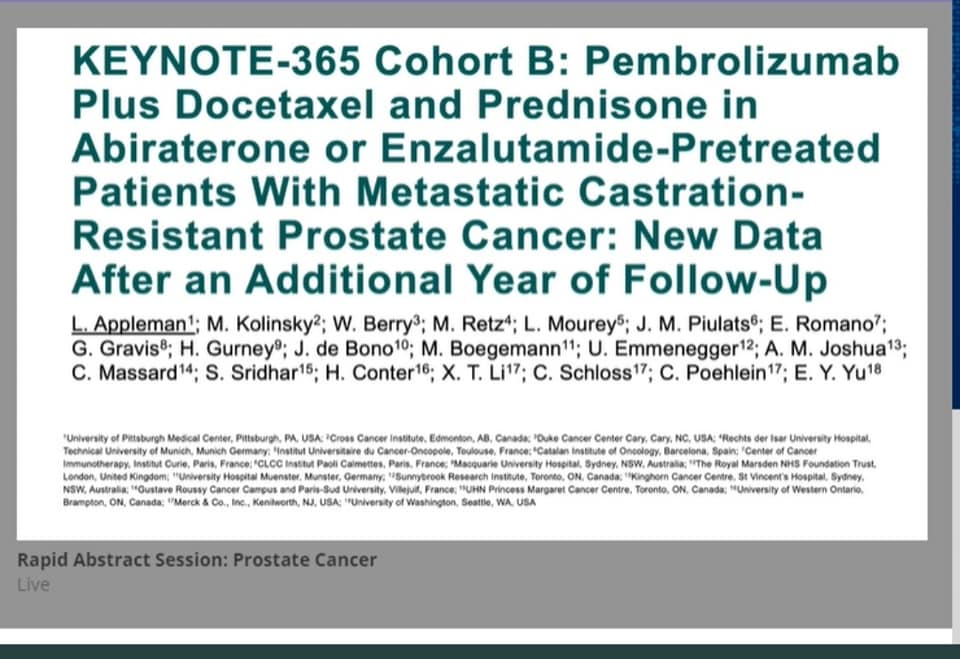
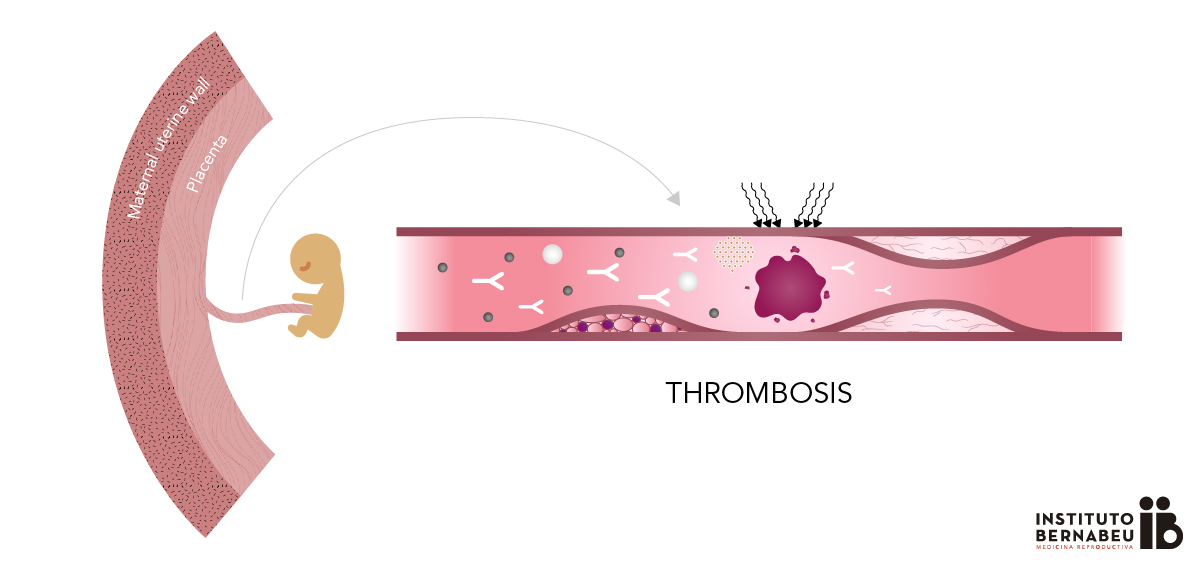
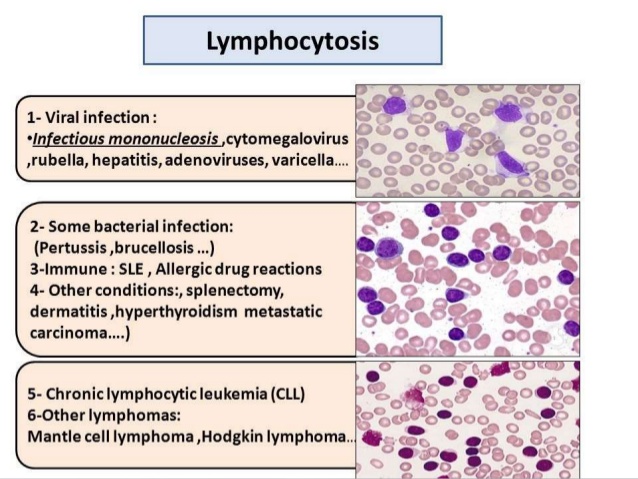
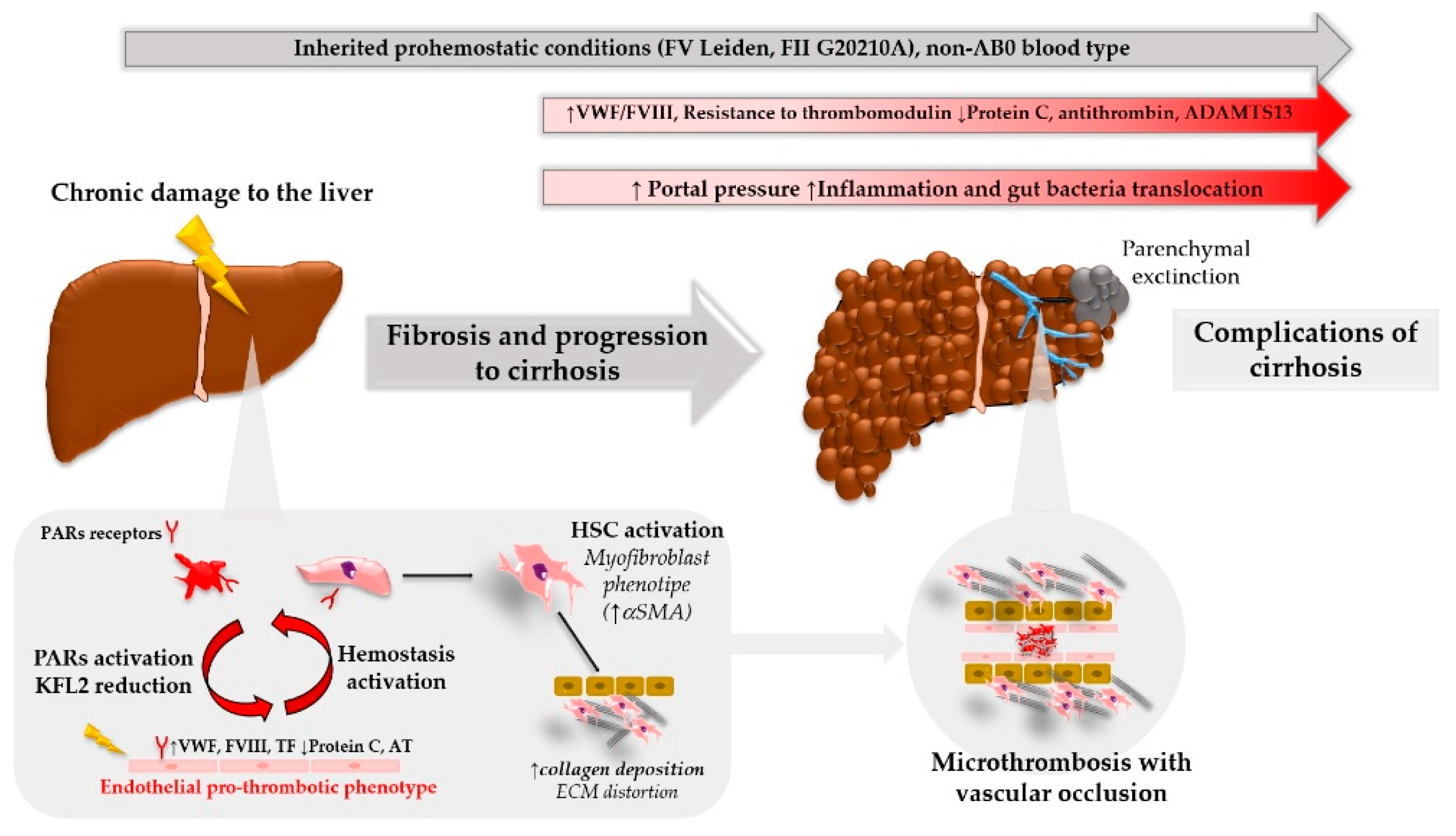
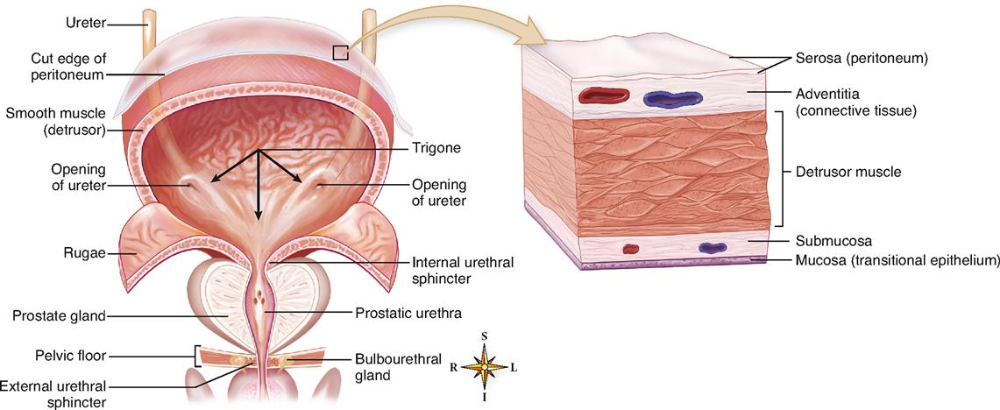
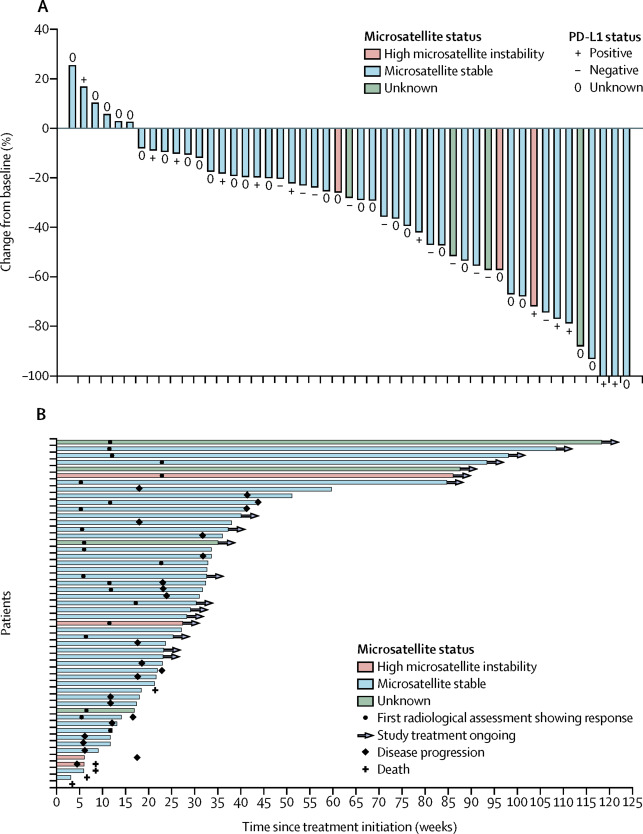
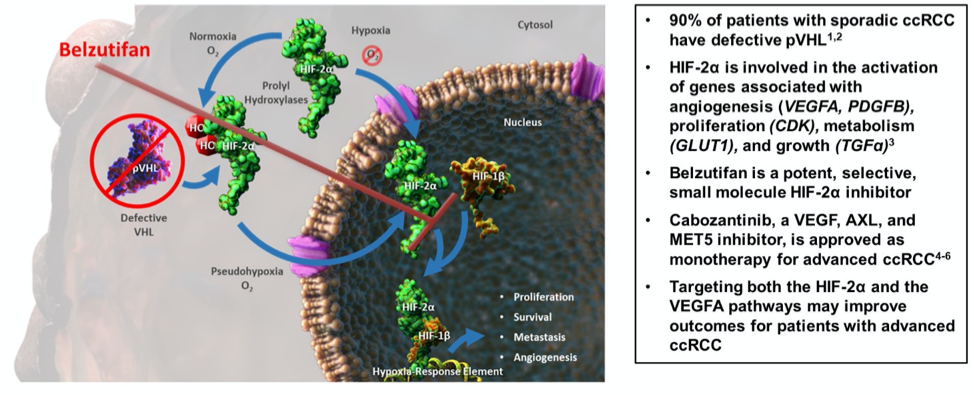
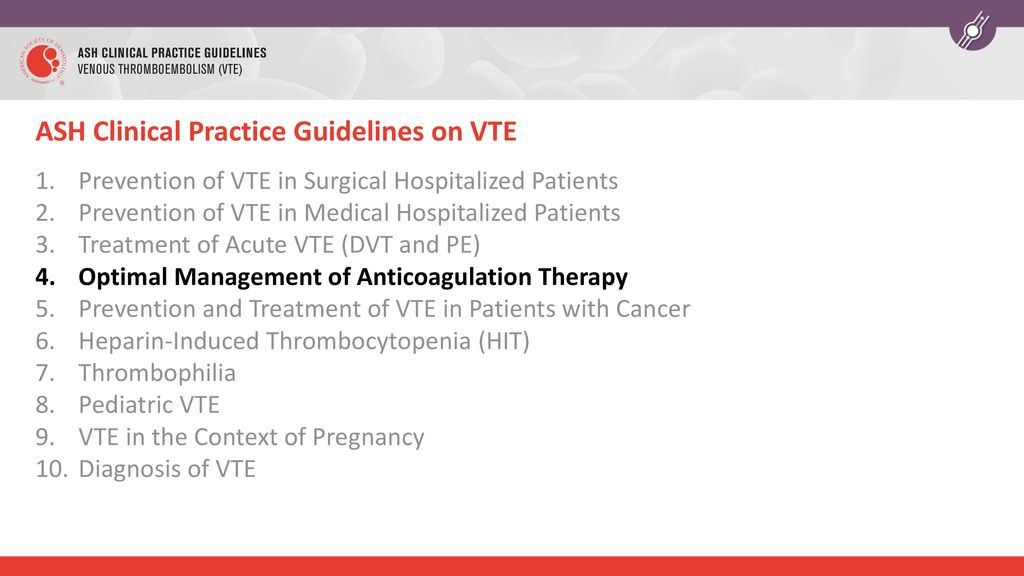
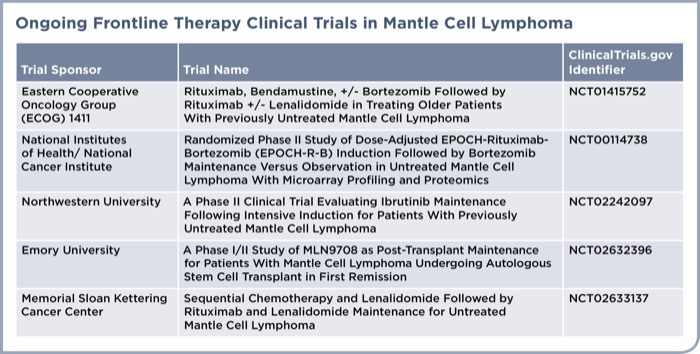
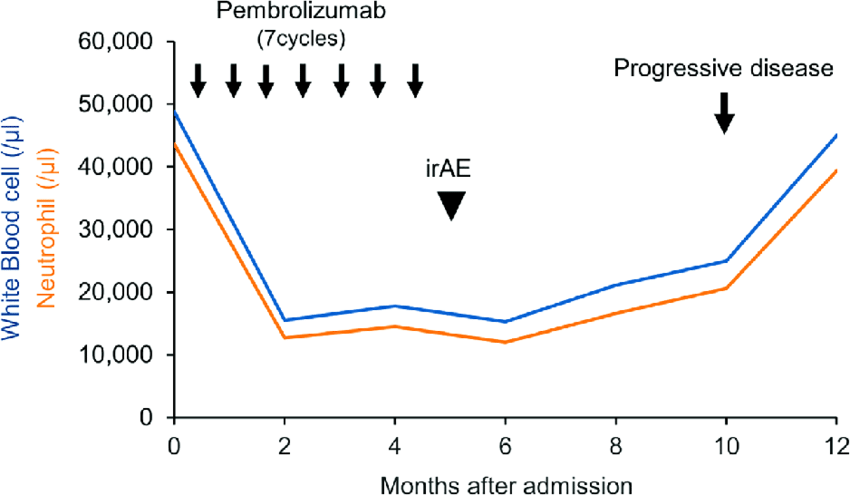

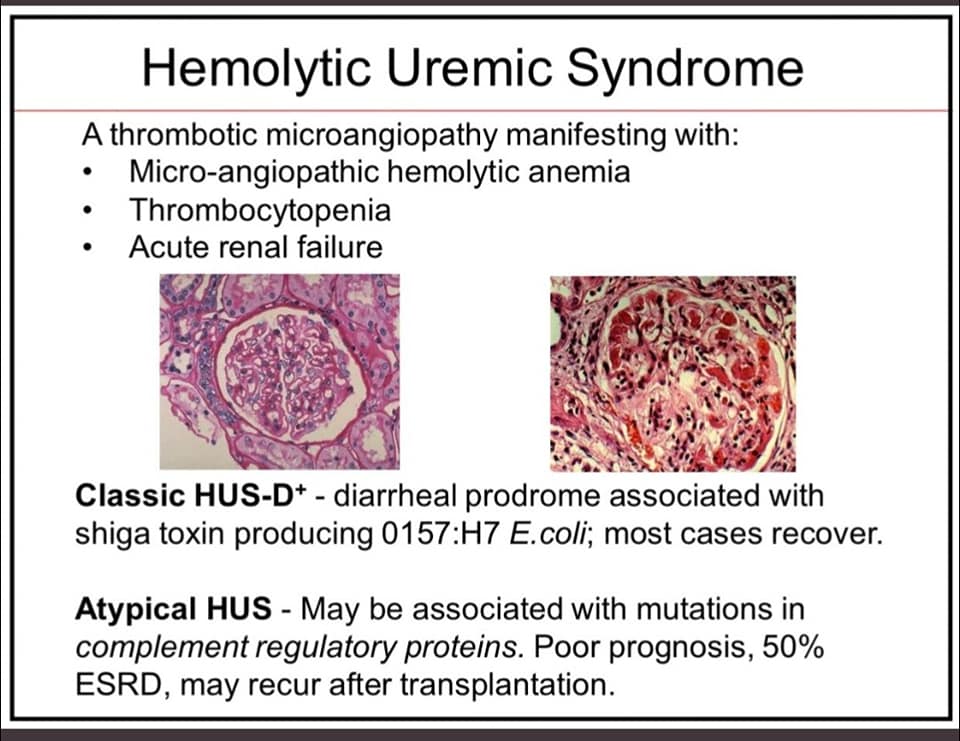
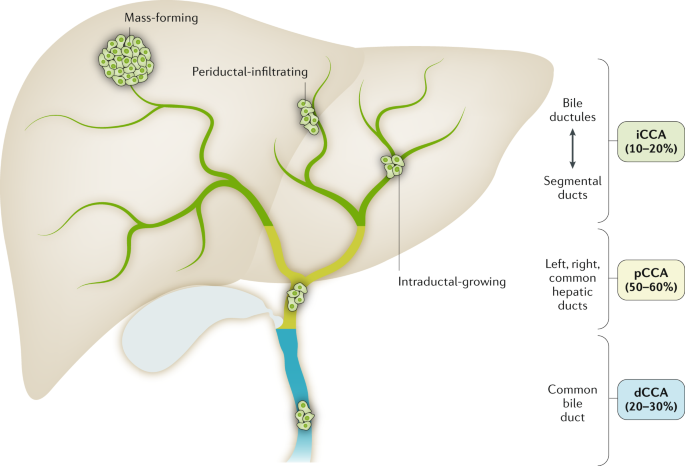
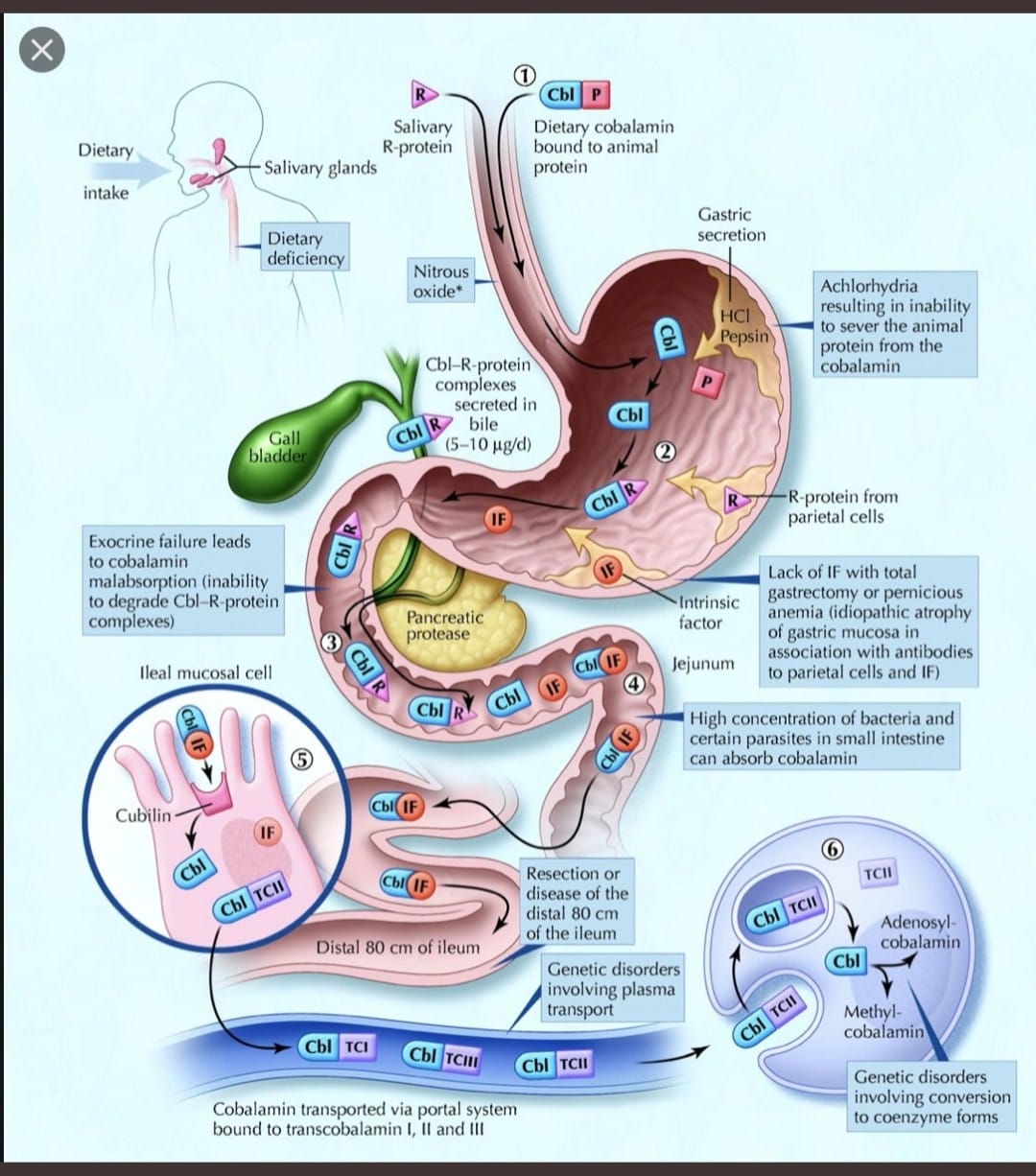
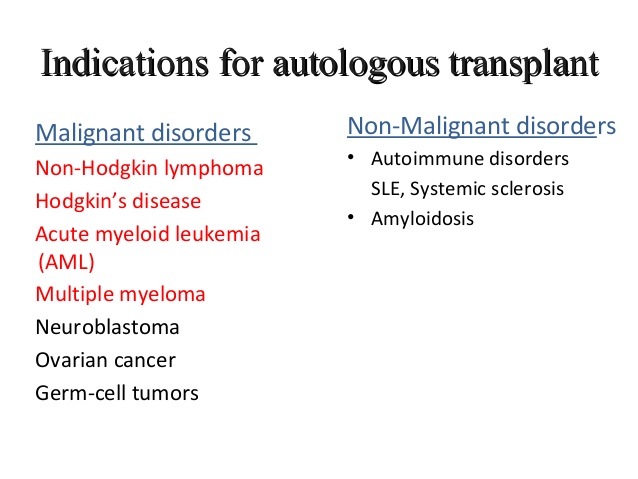
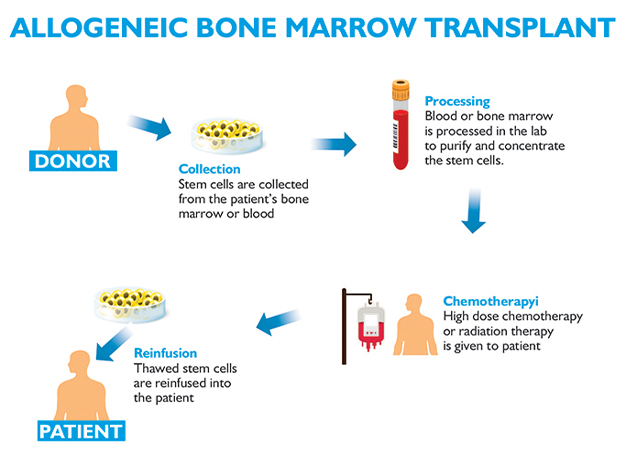
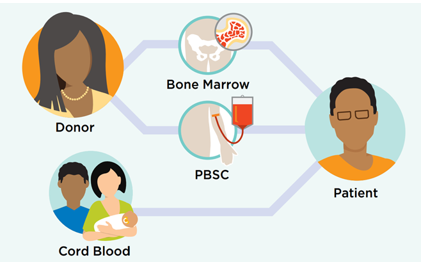
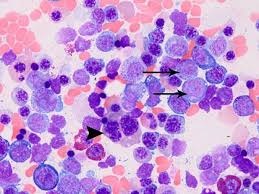
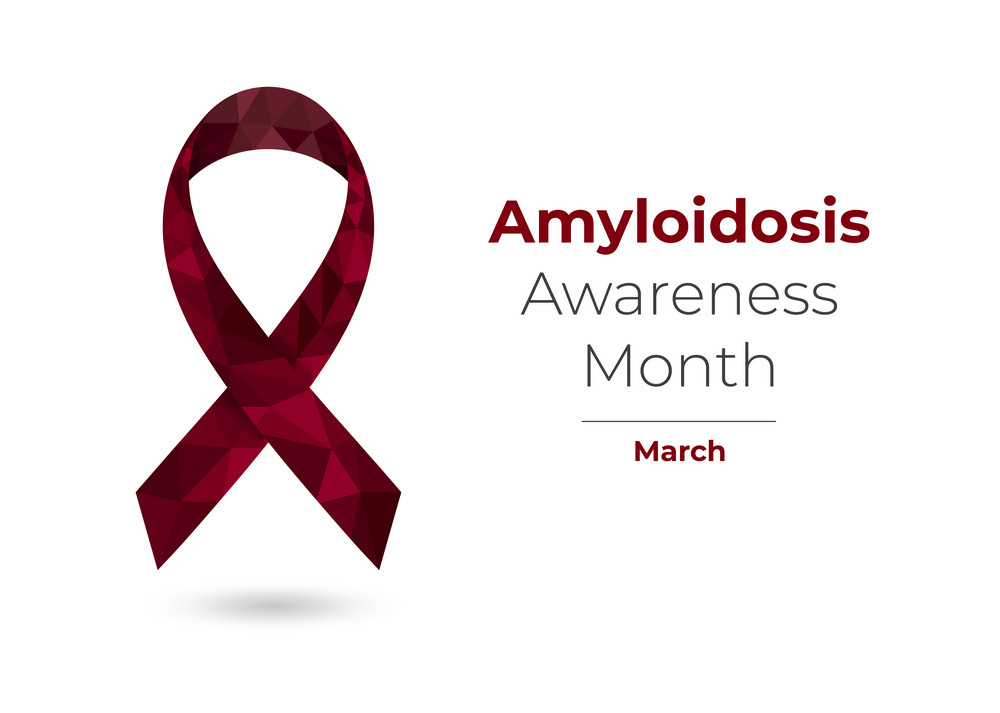
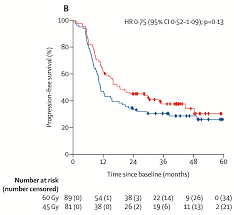
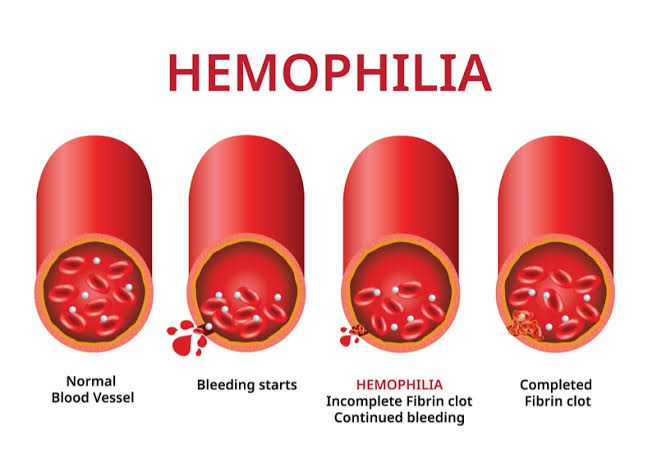
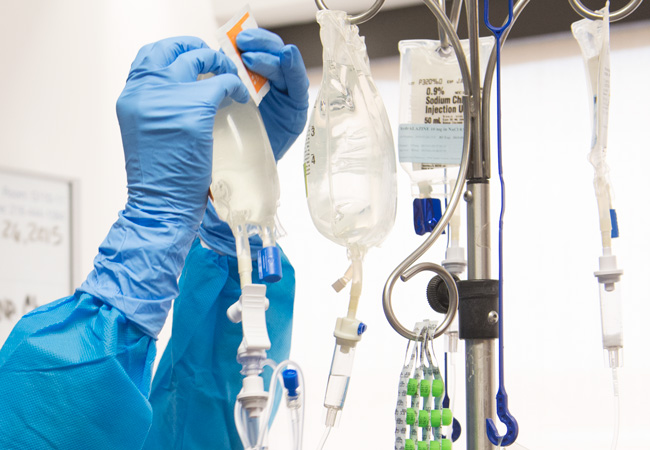
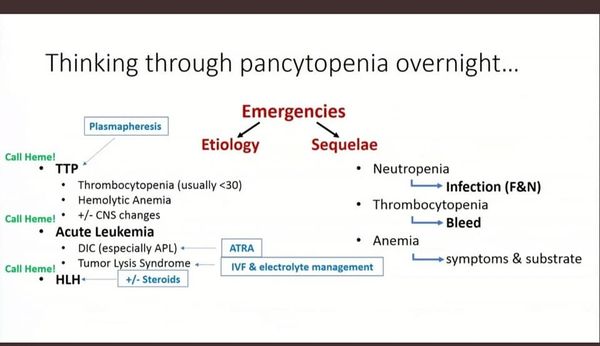
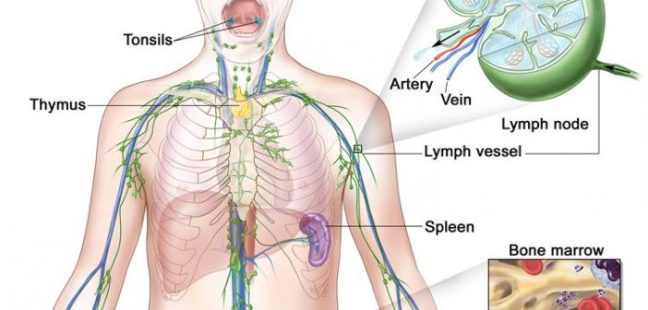
Add a comment